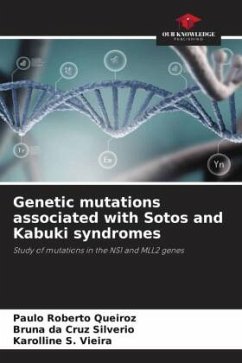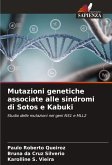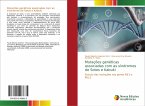Sotos syndrome is an abnormality also known as cerebral gigantism, and it presents three main characteristics that facilitate recognition of the pathology: characteristic facial features, excessive growth, and learning difficulties. It is a syndrome with an autosomal dominant inheritance pattern, a diverse phenotype, and its main cause is haploinsufficiency of the NSD1 gene located on the long arm of chromosome 5. Kabuki syndrome manifests itself through Niikawa's pentad (dysmorphic face; skeletal anomalies; dermatoglyphic alterations; mild to moderate mental retardation; postnatal growth retardation). The clinical diagnosis has linked a series of physical characteristics present in patients with KS, but what is expected regarding this syndrome is a consensus on the relationship between molecular diagnosis and mutations present in the MLL2 (KMT2D) gene.
Bitte wählen Sie Ihr Anliegen aus.
Rechnungen
Retourenschein anfordern
Bestellstatus
Storno








